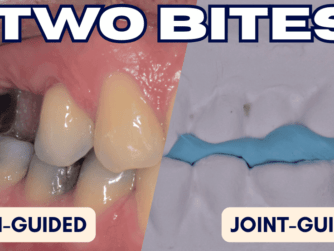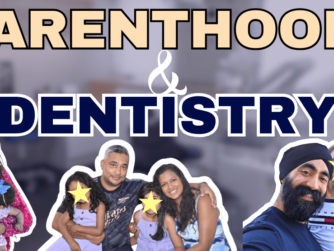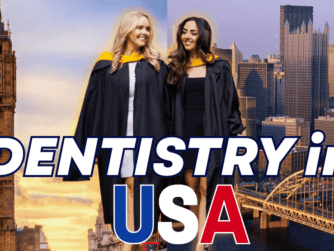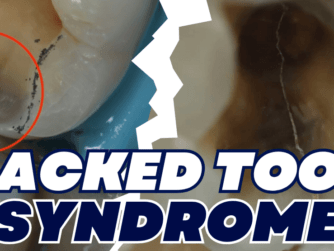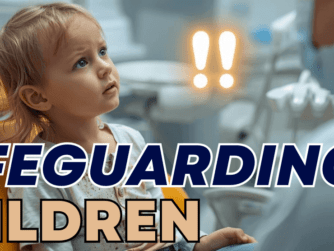Podcast: Play in new window | Download (Duration: 56:31 — 80.1MB)
Subscribe: RSS
Ask 10 Dentists for a treatment plan, and you will get 12 different recommendations. Treatment planning is an art, but our diagnosis should be highly scientific. Making decisions of what specific treatment we should recommend to our patients is the very foundation of daily practice. With the experienced Dr Paresh Shah we discuss the How, What and Why of the Treatment Planning process in this Back to Basics in Dentistry series.
Protrusive Dental Pearl: If you are unsure what is the best treatment plan for your patient, it likely means you haven’t asked enough questions. Ask more questions and seek your patients’ drivers and goals.
“Find an experienced mentor that will walk you through gathering the information…. [discover] why it’s important to mount the cast rather than just holding it in with your hand.” – Dr Paresh Shah
In this Episode, we discussed:
- Step by Step thorough Examination 12:50
- Importance of having a Checklist 27:34
- Records needed for a Comprehensive Exam 30:46
- Communication between patients and Dentists about Treatment Plan – in a way that doesn’t confuse our patient 36:59
- Talking Money and Fees 47:18
Check out Dr. Paresh Shah’s Instagram to learn and be inspired!
If you enjoyed this, you will of course love Zak’s Presenting Treatment Plans the Comprehensive Way


